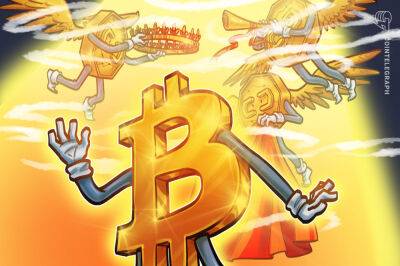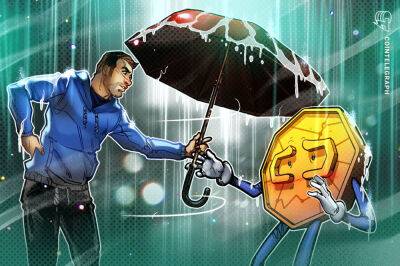Digital Assets Could Become ‘Permanent Feature’ of Finance, Singapore Central Banker Argues
Digital assets could become “a permanent feature of the financial landscape,” although decentralized cryptoassets like bitcoin (BTC) “fail as money,” Singapore’s central bank director has argued.
Writing in a new opinion piece published by the International Monetary Fund (IMF), Ravi Menon, managing director of the Monetary Authority of Singapore (MAS), admitted that he can see a future where digital assets – mainly stablecoins and central bank digital currencies (CBDCs) – co-exist with the current system, and even become a “permanent feature” of it.
“Traditional fiat currencies will continue to dominate, but securely backed private stablecoins and wholesale CBDCs could be expected to play an important role in cross-border payment and settlement,” Menon wrote.
He went on to explain that so-called retail CBDCs – CBDCs meant to be used by individuals – could potentially emerge as “a small component of the monetary base—similar to the role played by cash today,” despite the case for them being “less strong.”
The reason for this, according to the Singaporean central banker, is that the difference between central bank money, which today is understood as physical cash, and commercial bank money held as bank deposits, is of little concern to most people.
“As long as people trust that their money is safe and that central banks stand ready to backstop the system during crises, direct access to public money may not be necessary,” he said.
Meanwhile, Menon said about so-called "private and unbacked" cryptocurrencies like bitcoin that they “fail as money.”
“They perform poorly as a medium of exchange, as a store of value, and as a unit of account,” the central banker said, noting that many cryptos – in his view – “are really utility
Read more on cryptonews.com



![Lido Finance [LDO] leads the pack with 20% gains- Decoding ‘why’ - ambcrypto.com - city Santiment](https://gocryptonft.com/storage/thumbs_400/img/2022/9/6/64705_veb4u.jpg)














